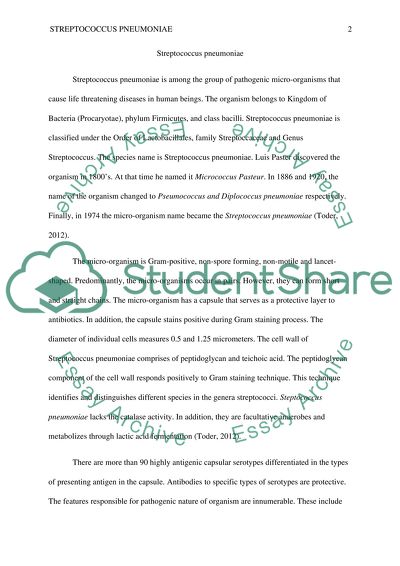Cite this document
(“Streptococcus Pneumoniae Research Paper Example | Topics and Well Written Essays - 1250 words”, n.d.)
Retrieved from https://studentshare.org/biology/1593339-streptococcus-pneumoniae
Retrieved from https://studentshare.org/biology/1593339-streptococcus-pneumoniae
(Streptococcus Pneumoniae Research Paper Example | Topics and Well Written Essays - 1250 Words)
https://studentshare.org/biology/1593339-streptococcus-pneumoniae.
https://studentshare.org/biology/1593339-streptococcus-pneumoniae.
“Streptococcus Pneumoniae Research Paper Example | Topics and Well Written Essays - 1250 Words”, n.d. https://studentshare.org/biology/1593339-streptococcus-pneumoniae.


